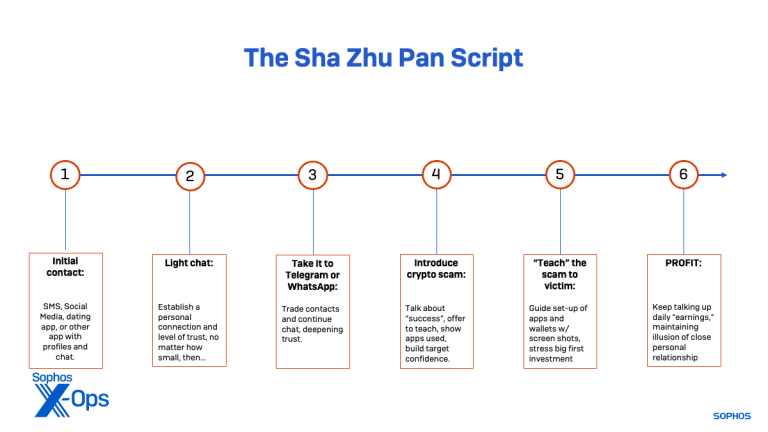3 top trends that will dominate Africa’s crypto landscape in 2022

For the global cryptocurrency industry, 2021 will be remembered as one of the many years when bitcoin broke through its all-time price high and pushed the sector even closer to mainstream adoption. However, from a regional standpoint, it is arguably the year in which Africa took center stage.
From a reported 1,200 percent increase in crypto adoption to the launch of Africa’s first central bank digital currency and the Central Bank of Nigeria’s circular on cryptocurrencies, it’s difficult to navigate any of the sector’s key conversations without mentioning activities on the continent.
As we begin the new year, Marius Reitz, Luno’s General Manager for Africa, discusses three key trends to look out for on the African continent this year:
Rethinking Regulation
To say that regulation of Africa’s crypto sector will be eventful in 2021 is an understatement. Last year, the continent’s major economies took a much more proactive approach to consumer protection, with one strategy in particular attracting attention – the implementation of blanket bans. The results for countries that implemented these measures have been far from ideal, with trading activity pushed underground and regulators left with a reduced level of visibility of the sector.
With this in mind, we may see a greater willingness on the part of regulators to collaborate with industry players to create a more robust and effective framework, which may encourage other African countries to follow suit.
As we’ve seen in China, blanket bans do little to limit trading activity and protect consumers, but engaging experts who understand the nuances of new and complex technology like cryptocurrencies can provide a significant amount of value in terms of how to protect consumers from its risks.
Kenya’s emergence
With Nigeria’s crypto ban dominating headlines in 2021, one significant development on the continent that may have gone unnoticed was Kenya’s ranking as the world’s leader in P2P trading volumes for the second year in a row.
The country’s crypto industry is thriving, with a rapidly emerging crop of companies developing blockchain-based solutions, and given its young population, high levels of mobile connectivity, and familiarity with digital payment solutions such as mobile money, it’s well positioned to become East Africa’s leading crypto hub by 2022.
However, in order to make significant inroads in terms of mainstream adoption, widespread crypto education cannot be overstated.
According to Luno‘s 2021 consumer research survey, 64 percent of Kenyans do not invest in cryptocurrencies because they do not understand them. Given that Kenyans were also found to be the most proactive in seeking financial advice from traditional sources (i.e. financial services companies, publications, and advisors) before making investment decisions, crypto firms must go above and beyond to ensure the right information is readily available.
A new solution to Africa’s remittances problem
It is no secret that investments are currently the most common use case for cryptocurrencies in Africa; however, one area that could see a significant increase this year is remittances.
According to the World Bank, total remittances in Sub-Saharan Africa alone will exceed $45 billion by 2021. However, with a severe lack of foreign currency reserves across Africa preventing companies from receiving international payments and remitting profits, many businesses may turn to cryptocurrencies as an alternative means of handling cross-border transactions.
The key strength of cryptocurrencies in this area is the open and decentralized blockchain networks that support them, which allow money to be easily transferred between parties with no lag times or exorbitant fees regardless of who or where they are.
Progress in this area, like most aspects of the crypto industry, will be heavily dependent on a favorable regulatory climate, and if this occurs, cryptocurrencies could emerge as a major asset for companies with extensive operations throughout Africa.
Be prepared for the unexpected
Despite the significant impact that developments in the three categories mentioned above will have over the next year, they are far from the only trends to keep an eye on. Attracting institutional investment into Africa’s crypto space, for example, remains a major challenge; however, more mature markets on the continent, such as South Africa, may introduce stronger regulatory frameworks to encourage greater participation from these stakeholders.
Similarly, as the sector grows in popularity, it attracts world-class talent as well as the attention of leading media outlets, which are devoting more resources to quality reporting, and both of these trends should be expected to continue. However, if the last two years have taught us anything, it is to expect the unexpected, and while this can often breed uncertainty, a quick look at Africa’s current position and prospects should still provide huge optimism that it remains the most promising region for cryptocurrency adoption.






